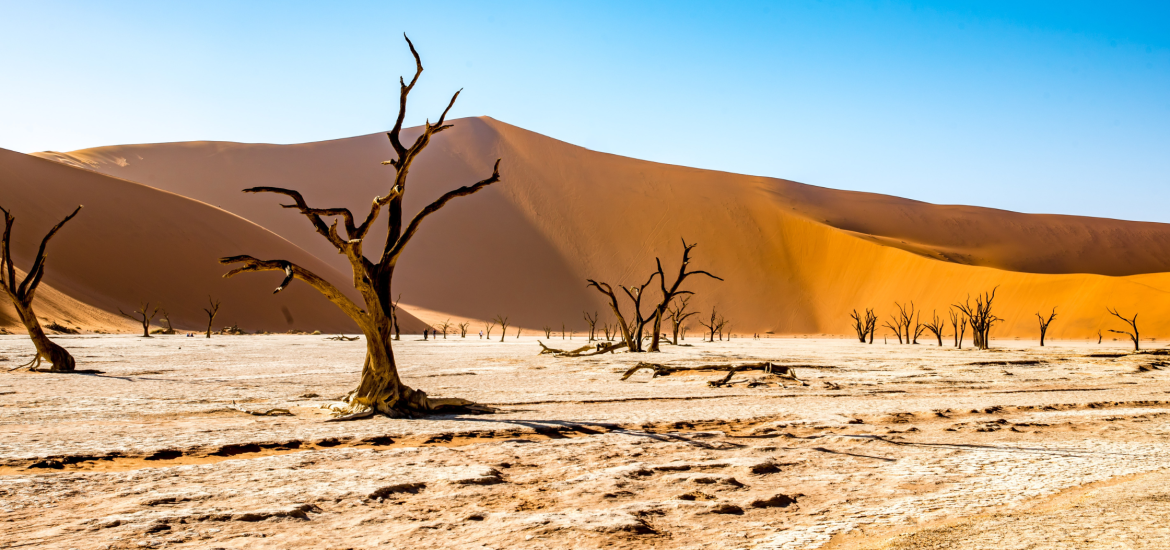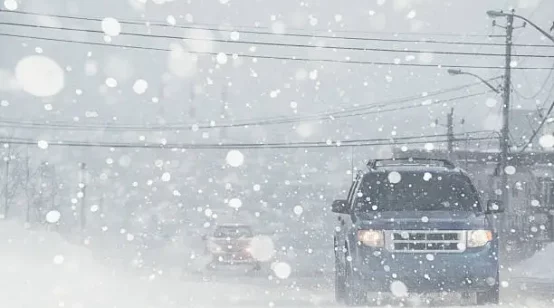
For the first time in decades, the Sahara Desert, one of the world’s driest regions, has been transformed by rare flooding, creating striking scenes of lakes forming among the rolling sand dunes.
The Sahara desert usually receives minimal rainfall each year, but this past September, parts of the southeastern desert in Morocco experienced a downpour like never before. Triggered by a low-pressure system moving across northwestern Sahara, intense rains fell over two days, resulting in nearly 8 inches of rainfall in some areas, according to preliminary NASA satellite data.
In the desert city of Errachidia, nearly 3 inches of rain was recorded, most of which fell in just two days—more than four times the average for the entire month of September. This sudden deluge equaled over half a year’s worth of rainfall for the area, marking the most significant rain event in the region in 30 to 50 years, according to Houssine Youabeb of Morocco’s meteorology agency.
The downpour created a surreal, watery landscape across the desert, transforming the usual dry and barren terrain. Some of the most striking visuals emerged from Merzouga, a desert town where the rain carved new lakes into the iconic sand dunes. The unexpected bodies of water now reflect the town’s palm trees, creating a scenic view of shimmering lagoons framed by steep dunes.
The rain also revived dry lakebeds in places like Iriqui National Park, Morocco’s largest national park. NASA satellite images using false color highlighted these newly-formed lakes scattered across the northwest Sahara, capturing an unusual sight in the typically arid region.
While much of the rainfall hit remote, sparsely populated areas, it also affected towns and villages in Morocco, causing deadly floods that claimed over a dozen lives.
The Sahara is the largest non-polar desert in the world, covering 3.6 million square miles. Satellite images from September showed sections of the Sahara desert turning green, with storms pushing further north than usual. Some studies suggest that these weather changes may be linked to human-caused climate change, which is disrupting the water cycle and increasing the frequency of extreme rainfall events.
Experts warn that such unusual weather patterns could become more common in the future as fossil fuel emissions continue to warm the planet. The floods in the Sahara serve as a reminder of how climate change can reshape even the most arid regions on Earth, creating both breathtaking beauty and significant risks.





